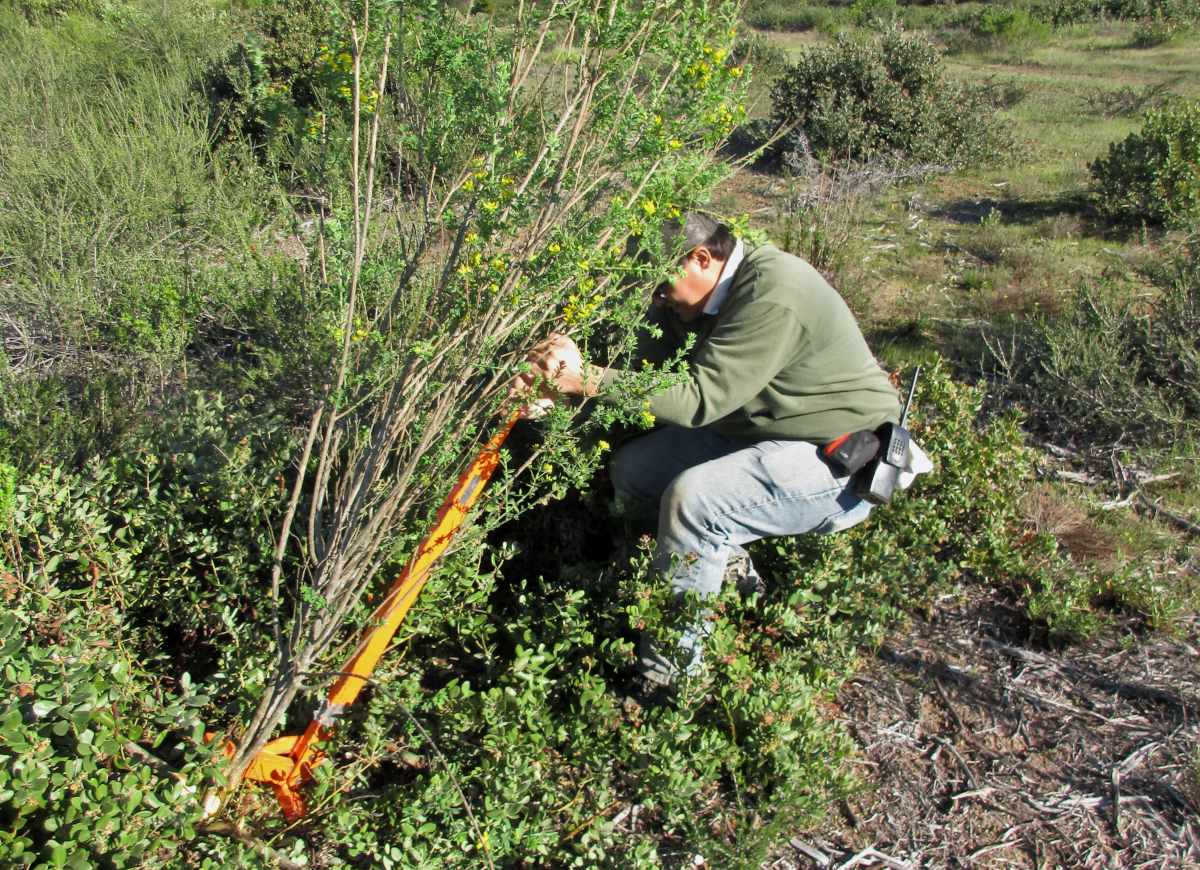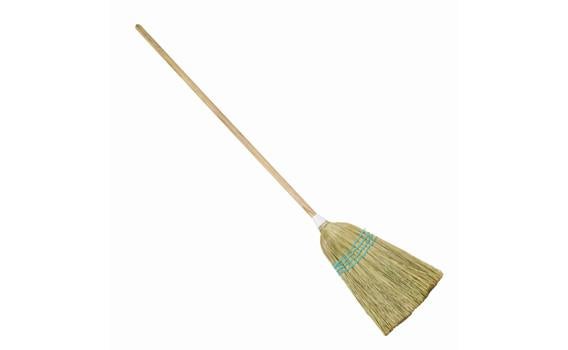

French broomĪlong roadsides obstructs views, requiring expensive ongoing road maintenance. It burns readily and carries fire to the treeĬanopy layer, increasing both the frequency and intensity of fires. Reducing arthropod populations by one-third in Golden Gate National RecreationĪrea (Lanford and Nelson 1992). French broom is believed to be responsible for Wildlife by displacing native forage species and changing microclimateĬonditions at soil levels. Infestations of broom degrade the quality of habitat for Foliage can cause digestive disorders in horses Some livestock, ingestion of plant parts can cause staggering followed by Of quinolizidine alkaloids, especially in young leaves (Montlor et al. Rapidly than most trees used in forestry, it shades out tree seedlings in areasįrench broom foliage and seeds are toxic, containing a variety More than 4.5 feet (141 cm) in two growing seasons. Than any other broom species found in California, reaching an average height of In an experiment in New Zealand French broom had a higher growth rate Strong competitor and can dominate a plant community, forming dense monospecific Native plant and forage species, and makes reforestation difficult. It resprouts readily from the rootĬrown after cutting, freezing, and sometimes after fire (Bossard et al.Īpproximately 100,000 acres in California (D. observation), in mud, and on road grading M, the seeds are further dispersed by ants, birds, and animals and in river After pods open explosively, flinging seeds up to 4 A medium-sized shrub can produce over 8,000 seeds a To the San Francisco Bay Area in the mid-1800s as an ornamental. Mediterranean and in the Azores, French broom is thought to have been introduced WHERE DID IT COME FROM AND HOW IS IT SPREAD? Frenchīroom seedlings are less tolerant of frost than are those of Scotch broom andĬonsequently are less often found at higher elevations. Problematic in California and Australia (Partridge 1989, Parsons 1992). While Scotch broom isĪ problem species in many parts of the world, French broom is especially Nitrogen-fixing bacteria found in small nodules on roots. Is competitive in low-fertility soils because of mutualistic relationships with Species in California, it grows reasonably well on alkaline soils with pH 8. Soil moisture conditions, but prefers siliceous soils. This broom is common on coastal plains, mountain slopes, and inĭisturbed places such as river banks, road cuts, and forest clearcuts, but itĬan colonize grassland and open canopy forest. Northern Sierra Nevada foothill counties to 800 meters, and in Kern, San observation).įrench broom is found primarily in centralĬoastal counties from Monterey County north to Mendocino County and inland in Per pod, brown to black, shiny, round to oval, with a cream to yellow eliaosome Fruit: a pod, 0.5-1 in (15-25 mm), covered in dense silky Inch, and only about fifty-five percent of total green tissue as leaves (Bossard Scoparius), which has pods with hairs only at the seam, green stems that areįive-angled and ridged, flowers that are golden yellow and larger than half an This species sometimes is confused with Scotch broom (Cytisus The mostly inch-long pods are covered with hairs.

Half-inch) yellow flowers are pea-like and clustered in groups of four to ten.

Photosynthetic tissue of French broom is in leaf tissue. The round stems are covered with silvery, silky hair, and the small leaves are Monspessulana) is an upright, evergreen shrub, commonly to ten feet tall. canariensis, Genista monspessulanus, Teline monspessulana French broom, soft broom, canary broom, Montpellier broomĬytisus monspessulanus, C.


 0 kommentar(er)
0 kommentar(er)
